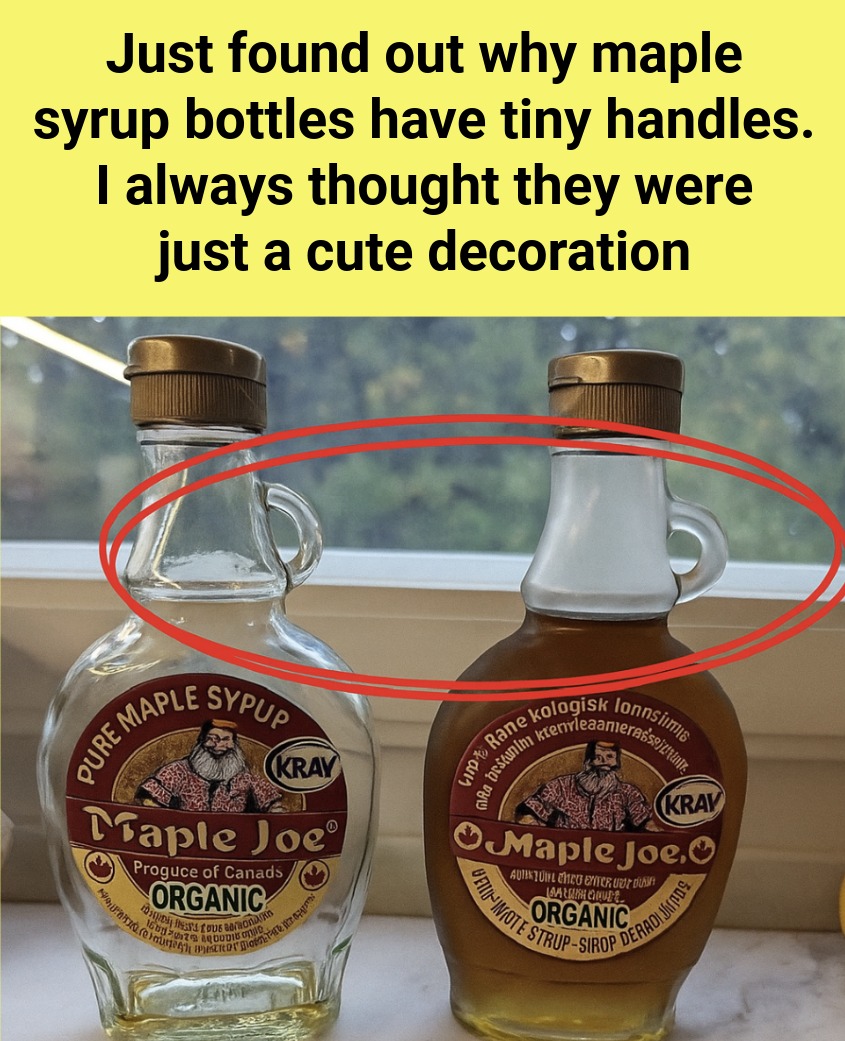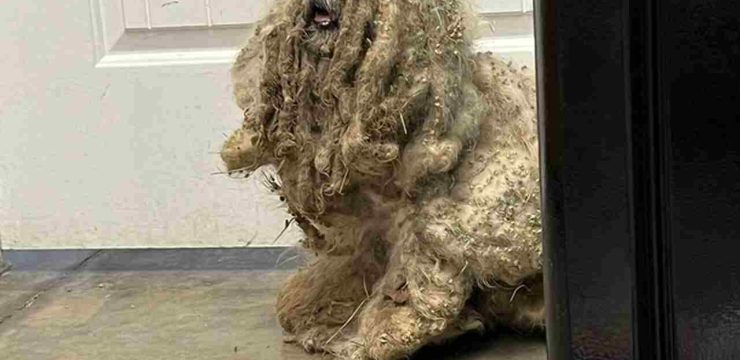Last Saturday, which in my house is always waffle day, I was standing in the kitchen with a bottle of maple syrup in one hand and answering one of my kids’ questions with the other. I was mid-pour when my youngest suddenly asked, “Why does the bottle have that little handle if it doesn’t even do anything?”

I froze for a second, realizing I’d seen that tiny loop a thousand times but had never actually considered its purpose. You can’t really fit your fingers through it—unless you’re a squirrel—and for normal human hands, it’s basically decorative. I shrugged and gave a vague answer in the moment, but the question stuck with me. Later, after breakfast was over and the dog had somehow gotten syrup on his fur, I decided to look it up. It turns out that the small handle on maple syrup bottles isn’t just a random design quirk—it actually has a history, even if it’s not particularly functional anymore.
Back in the day, syrup and other liquids like molasses and even liquor were stored in large, heavy ceramic jugs with big loop handles on the side, making them easier to carry and pour without straining your wrist. When production shifted from heavy ceramic containers to lighter glass bottles, manufacturers didn’t completely abandon the jug design. Instead, they kept part of it as a nod to tradition—specifically, the loop handle. They shrank it down, making it more of a visual reference than a functional grip.
That tiny handle on your syrup bottle is basically a design throwback, a wink to the past that recalls the era when you might have been lugging around a syrup container the size of a toddler. Of course, we’re not hauling ceramic jugs anymore, so the handle doesn’t serve the same purpose, but it maintains a connection between the old and the new. You might wonder, if the handle is just for looks, why not at least make it big enough to use?
The reason is tied to a concept in design called a skeuomorph—when a newer version of an object includes features from an older version purely for the sake of familiarity, even though those features no longer serve a practical function. It’s like the decorative stitching on jeans or fake pocket flaps on jackets. The tiny handle “completes” the look, giving the bottle a certain charm, even if it’s not meant to be practical. In fact, there’s some clever marketing at play here too.
The little handle, while functionally useless, helps give the bottle a rustic, homemade vibe. It’s the kind of subtle design element that makes you think of cozy cabins in Vermont rather than a grocery store aisle. Even if you’ve never seen an actual old-fashioned syrup jug in person, the shape triggers a sense of nostalgia and authenticity. That feeling can be powerful, making you subconsciously associate the product with quality and tradition.
As for whether the handle is truly 100% useless, the answer is no. You can’t comfortably hold the bottle by it unless you have tiny, strong fingers, but it can come in handy if the bottle is sticky. You can pinch it while you pour, giving you a bit more control in a pinch—pun intended. Some people even hang their bottles by the handle, which works if you have the right setup, though for most of us, it just sits there as a quirky little curve on the side of the bottle.
What’s interesting is how this small, outdated feature has become part of maple syrup’s visual identity. It’s one of those traditions that lingers simply because it “feels right.” We’re not using the original ceramic jugs anymore, but the shape has carried over to modern packaging. It’s similar to how we still use the image of a floppy disk as the “save” icon on computers, even though most people under 25 have never actually held one. The design persists not out of necessity, but because it’s ingrained in how we think the product should look.
Now, when my kid asks me why the little handle is there, I have an answer. It’s not especially useful, but it’s a reminder that design sometimes sticks around for reasons beyond practicality. Sometimes it’s about aesthetics, nostalgia, and the emotional connection we have to certain shapes and styles. And honestly, I think that’s kind of sweet—in the same way syrup is sweet, even when it’s dripping all over your counter.





